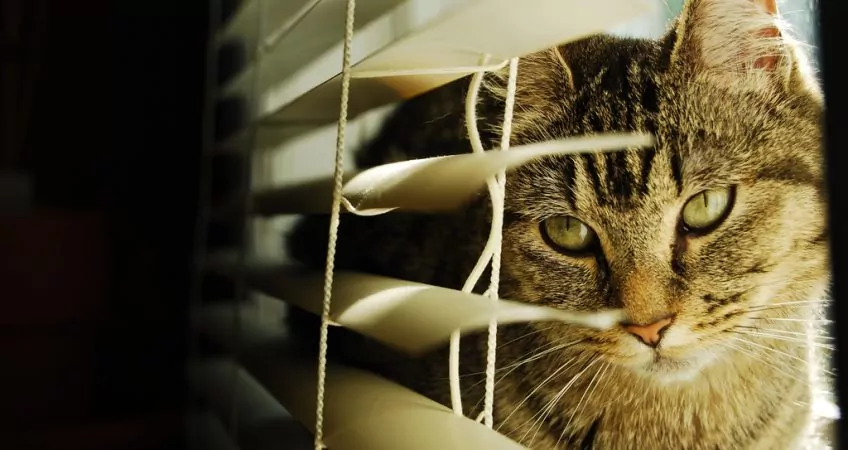
Investment Projections Per Expectation
Name Your Yield
“I can project any return you like and back it up with real data. The problem is that, the higher the projected return, the lower the likelihood of hitting it.”
I was meeting with a new development group as part of my due diligence work. The group is focused on agricultural investments in Latin America. The owners and managers are German.
Germans, I’ve observed over the years, tend to be conservative when it comes to both investment projections and investment expectations. We Americans, on the other hand, like to see big numbers.
A colleague who did hard money lending back in the real estate investment heydays of last decade offered investors a return of 12%. His American investors found his yield projections “reasonable.” Not exciting, but reasonable.
At one point, my colleague, originally from Germany, had occasion to return to his homeland. He explained his business to his German friends and family who balked at his incredible, “outrageous” yield projections. Any investment projecting a return of 12% must be too risky, they told him. They’d never invest in something that risky.
My colleague reworked his materials to offer an 8% yield. When he re-presented the same investment to the same people back in Germany at the lower yield, they bought into it. Nothing had changed except the yield being promised. Now it was more in line with the German investors’ expectations…meaning that, for them, it moved from a risky opportunity to a reasonable one.
Demand high returns and someone will come up with a projection to meet your expectation. Shop for lower returns and, again, you’ll find someone to accommodate the expectation.
A property investment that costs US$10,000 is in no way necessarily a better investment than one that costs US$1 million (though, yes, it’s more accessible to the mass investor public). Likewise, a low projected return doesn’t necessarily mean an investment is less risky than one offering a higher projected return…or vice-versa. As the German developers I met with recently pointed out, they could promise lower or higher returns, depending what I thought my readership might be looking for (within certain ranges, of course).
Keeping An Eye On Emerging Agricultural Investments
I’ve been scouting agricultural investments specifically for several years now. Key factors for the financial projections include the price of the product, whatever it may be; the volume of production per tree or plant; the number of trees or plants that can be planted per acre; and the cost of production. Other factors to factor in include exchange rates and taxes.
To achieve a conservative projection, use today’s prices for the product. In theory, commodity prices will continue to go up over time, as humans continue to reproduce and create more demand for most products. However, as prices increase, more people will be tempted to enter the market and provide more supply. Better to stick with today’s prices and see any increases as gravy…or simply an offset against inflation.
Per-plant production depends on the quality of the soil and proper maintenance. You should be able to access figures for industry averages. If you’re buying an operating farm that has had low productivity due to poor maintenance and lack of fertilizer, for example, you might expect higher per-plant yields than the current farmer is getting. To make projections, use the farmer’s current yields as your baseline, layering on some increase in production over time to reflect the improvements you intend (presumably) to make. Otherwise, again, use industry averages.
The planting density also plays a role in your projected returns. Don’t assume that, by planting additional plants on a piece of land, the total yield will go up. At some point (again, industry averages should exist), you’ll see a diminishing return. In the case of teak, for example, you’ll want to plant more trees per hectare than you ideally want to harvest per hectare, knowing that you’ll do thinnings along the way. One tree every three meters is the recommended spacing initially.
Of course, when investing in a turn-key agricultural product, the price of the investment affects the yield, as well. If the product is up and running (in the case of a plantation, already planted, for example), generating cash flow already, then the risk to the investor is reduced. This lower risk will translate to a higher price…meaning a lower projected return.
If you’re buying into an agricultural opportunity at what would amount to a “pre-construction” phase (before plants or trees are in the ground and producing), then you should expect a better price and, therefore, a better projected yield.
I look for a turn-key agricultural opportunity (that is, one that is already producing) to project a yield in the 8% to 12% range. You still have risk, including crop risk (depending on the product), but, if the plants are in the ground, your risk as an investor is definitely mitigated. For this kind of “pre-construction”-type agricultural opportunity, I look for projected yields in the range of 12% to 20%.
Your alternative to a packaged, turn-key agricultural investment would be simply to buy a piece of land and rent it to a farmer. Your overall level of risk is relatively low if you go this route, so expect a yield on your investment in the mid-single digits, maybe 4% to 6%. If you’re participating with the farmer in the risk (i.e., your rental income is based at least in part on the income the farmer generates from the crops he plants), then look for a couple points more.
I’m continuing my due diligence for the new agricultural investment opportunity I’ve identified. When I’m finished, I’ll let you know what I think.
The good news big picture is that more and more groups and developers are packaging agricultural investment opportunities for the non-institutional investor. I’ve got three interesting new offers on my radar right now, including the one I’m currently vetting…the other two to follow.
Lief Simon



